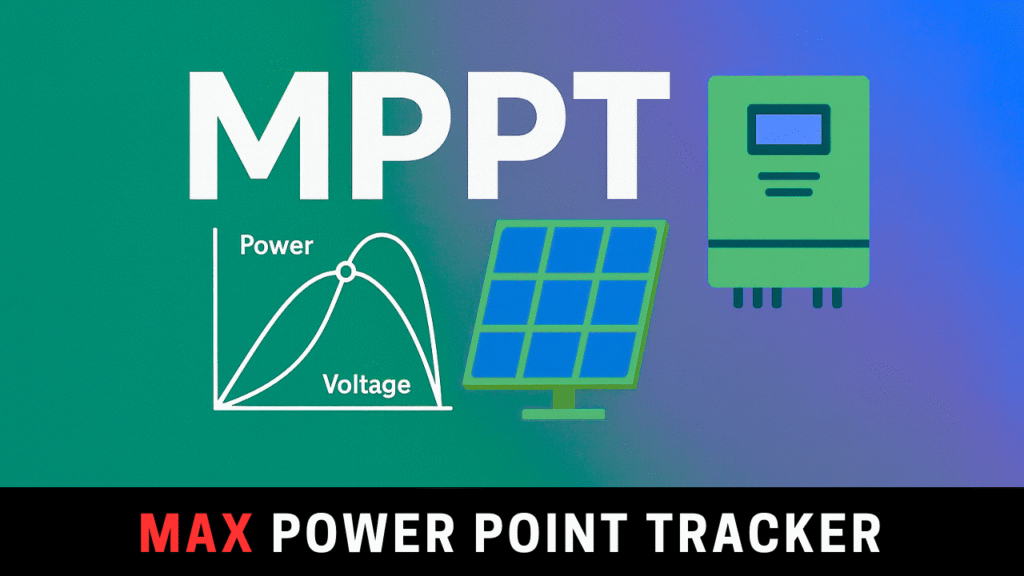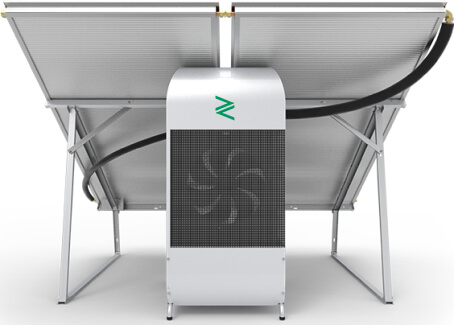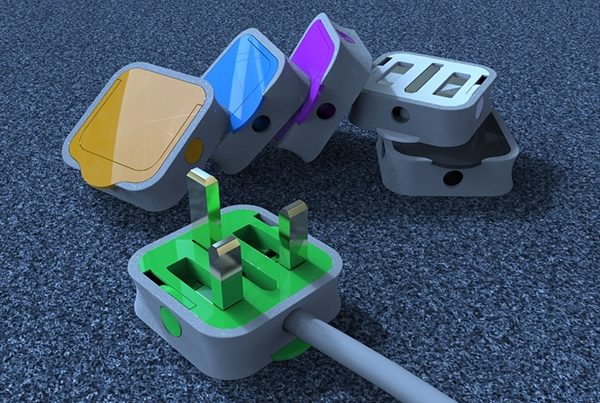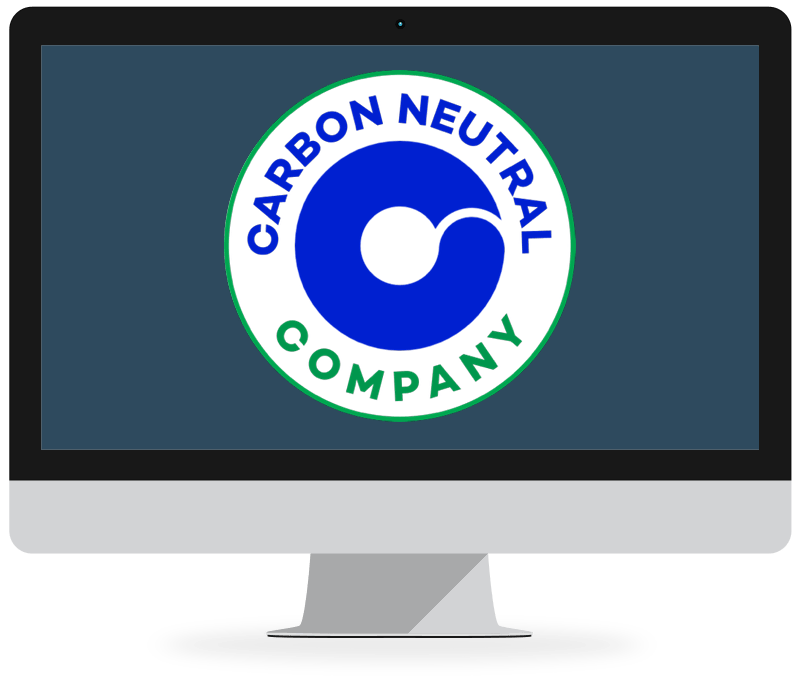When people talk about “going solar,” they usually mean panels. But truth be told, your solar inverter is the real mastermind. Without it, those gleaming panels on your rooftop are nothing more than silent spectators. Let’s unpack what makes this piece of technology the unsung hero of every solar installation.
What Is a Solar Inverter?
A solar inverter converts the direct current (DC) electricity your panels generate into alternating current (AC) — the kind your appliances, machinery, and the grid actually use.
Think of it as a translator: solar panels speak DC; your house listens in AC.
⚙️ How Does a Solar Inverter Work?
-
Solar panels capture sunlight and produce DC electricity.
-
That DC current flows into the inverter’s DC input terminals.
-
Inside, a DC-AC converter (IGBTs or MOSFETs) does its electronic magic.
-
LC filters smooth out the waveform, producing a clean sine wave.
-
The inverter then sends the power to:
-
Your home appliances,
-
The utility grid, or
-
A battery bank (in hybrid or off-grid setups).
-
Behind the scenes, a microcontroller or DSP orchestrates MPPT tracking, synchronization, and safety.
Why Is the Solar Inverter So Important?
-
Conversion: It’s the gateway from sunlight to usable energy.
-
Optimization: MPPT (Maximum Power Point Tracking) ensures every panel performs at its best.
-
Safety: Anti-islanding protocols protect technicians and grid operators — a core part of AS-NZS 3000:2018 electrical safety requirements.
-
Monitoring: Real-time data helps you track performance and detect issues early.
Types of Solar Inverters
1️⃣ String (Central) Inverter
How it works: Panels are connected in series (“strings”) that feed into one central inverter.
Best for: Simple, unshaded rooftops.
Pros: Cost-effective, reliable, easy maintenance.
Cons: Shading on one panel can drop the output of the whole string.
Zorays Insight: Still the most popular choice in Pakistan’s residential market — affordable and proven.
2️⃣ Microinverter
How it works: Each solar panel gets its own mini inverter.
Best for: Shaded or complex rooftops.
Pros: Panel-level optimization; one shaded panel doesn’t affect others.
Cons: Higher upfront cost.
Zorays Insight: Ideal where shadows from trees or neighboring walls reduce performance — a favorite for aesthetic, small rooftops.
3️⃣ Power Optimizer + String Inverter
How it works: Each panel has an optimizer that conditions the DC power before a central inverter converts it to AC.
Best for: Mid-range systems needing monitoring.
Pros: High efficiency, shading tolerance, detailed monitoring.
Cons: Still dependent on a central inverter.
Zorays Insight: A smart middle ground — flexibility without the full cost of microinverters.
4️⃣ Hybrid Inverter
How it works: Manages solar, grid, and battery simultaneously.
Best for: Homes and businesses that want both grid-tie and backup power.
Pros: Energy storage, automatic switching, TOU billing optimization.
Cons: Complex installation and higher price.
Zorays Insight: As Pakistan’s grid instability rises, hybrid is becoming the default for forward-thinking homeowners.
5️⃣ Off-Grid Inverter
How it works: Runs independently from the grid, converting DC to AC while managing batteries.
Best for: Remote or disaster-resilient systems.
Pros: Total independence.
Cons: Requires battery banks, careful load management, and periodic maintenance.
Zorays Insight: Perfect for farms, cabins, or critical off-grid infrastructure.
Inside the Inverter — Components That Do the Magic
| Component | Function |
|---|---|
| DC Input Terminals | Receive power from panels. |
| MPPT Controller | Tracks max voltage/current point. |
| DC-DC Converter | Regulates voltage before inversion. |
| DC-AC Converter | Converts direct current to alternating current. |
| LC Filters | Smooth the sine wave output. |
| Grid Sync Unit | Aligns inverter frequency with the grid. |
| Microcontroller/DSP | Manages logic, safety, and communication. |
| Cooling System | Prevents thermal overload. |
| Monitoring System | Sends data via app or online dashboard. |
| Protection Circuitry | Guards against overload, reverse polarity, over-voltage, and anti-islanding failures. |
Each piece is designed with compliance and safety in mind — because good engineering isn’t just about performance; it’s about protection.
Smart Features of Modern Solar Inverters
-
Wi-Fi/Bluetooth Connectivity — Monitor performance anytime.
-
AI-based Energy Management — Balance between solar, grid, and storage.
-
App Dashboards — Remote fault alerts and consumption insights.
-
Smart Home Integration — Sync with your appliances or EV charger.
Safety & Compliance — The Zorays Standard
When installing solar inverters, Zorays Solar ensures compliance with AS-NZS 3000:2018 — the gold standard for electrical installations.
Proper DC isolators, surge protection, and grid synchronization prevent hazards.
Because your investment deserves both performance and peace of mind.
The Zorays Takeaway
A solar inverter isn’t just hardware. It’s the brain behind the energy transition — the silent conductor turning sunlight into empowerment.
Whether you’re planning a simple string setup, an intelligent hybrid system, or a full off-grid powerhouse, Zorays Solar Pakistan helps you choose the right inverter for your home, business, or farm — backed by industry-grade installation and warranty support.
Ready to Go Solar?
Visit zorays.com
sales@zorays.com
WhatsApp: wa.me/923208163264













